Refine listing
Actions for selected content:
2251 results in Cambridge Elements
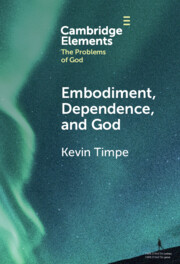
Embodiment, Dependence, and God
-
- Published online:
- 15 December 2024
- Print publication:
- 19 December 2024
-
- Element
- Export citation
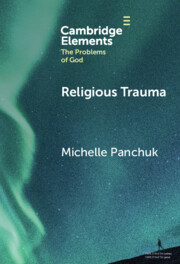
Religious Trauma
-
- Published online:
- 13 December 2024
- Print publication:
- 16 January 2025
-
- Element
- Export citation
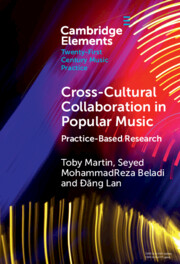
Cross-Cultural Collaboration in Popular Music
- Practice-Based Research
-
- Published online:
- 13 December 2024
- Print publication:
- 16 January 2025
-
- Element
- Export citation
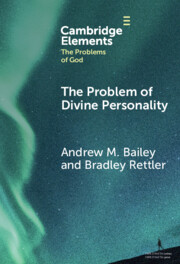
The Problem of Divine Personality
-
- Published online:
- 13 December 2024
- Print publication:
- 30 January 2025
-
- Element
- Export citation
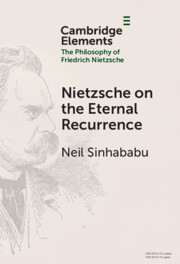
Nietzsche on the Eternal Recurrence
-
- Published online:
- 13 December 2024
- Print publication:
- 16 January 2025
-
- Element
- Export citation
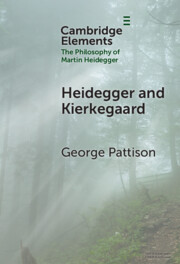
Heidegger and Kierkegaard
-
- Published online:
- 12 December 2024
- Print publication:
- 16 January 2025
-
- Element
- Export citation
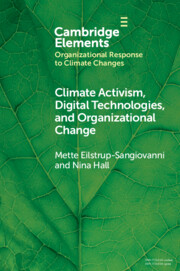
Climate Activism, Digital Technologies, and Organizational Change
-
- Published online:
- 12 December 2024
- Print publication:
- 02 January 2025
-
- Element
- Export citation
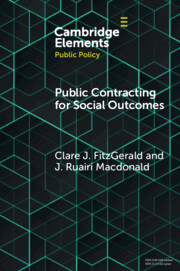
Public Contracting for Social Outcomes
-
- Published online:
- 12 December 2024
- Print publication:
- 12 December 2024
-
- Element
-
- You have access
- Open access
- HTML
- Export citation
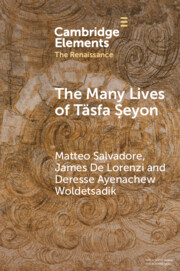
The Many Lives of Täsfa Ṣeyon
- An Ethiopian Intellectual in Early Modern Rome
-
- Published online:
- 12 December 2024
- Print publication:
- 16 January 2025
-
- Element
- Export citation
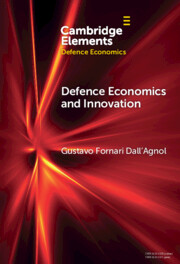
Defence Economics and Innovation
-
- Published online:
- 12 December 2024
- Print publication:
- 16 January 2025
-
- Element
- Export citation
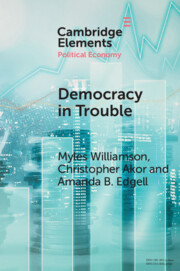
Democracy in Trouble
- Democratic Resilience and Breakdown from 1900 to 2022
-
- Published online:
- 12 December 2024
- Print publication:
- 16 January 2025
-
- Element
- Export citation
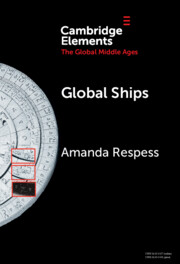
Global Ships
- Seafaring, Shipwrecks, and Boatbuilding in the Global Middle Ages
-
- Published online:
- 11 December 2024
- Print publication:
- 16 January 2025
-
- Element
- Export citation
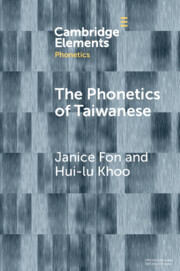
The Phonetics of Taiwanese
-
- Published online:
- 11 December 2024
- Print publication:
- 30 January 2025
-
- Element
- Export citation
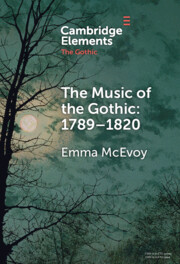
The Music of the Gothic 1789–1820
-
- Published online:
- 11 December 2024
- Print publication:
- 16 January 2025
-
- Element
- Export citation
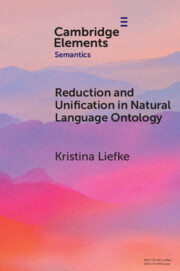
Reduction and Unification in Natural Language Ontology
-
- Published online:
- 11 December 2024
- Print publication:
- 16 January 2025
-
- Element
- Export citation
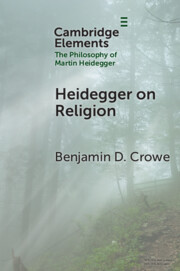
Heidegger on Religion
-
- Published online:
- 11 December 2024
- Print publication:
- 16 January 2025
-
- Element
- Export citation
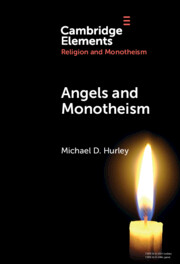
Angels and Monotheism
-
- Published online:
- 10 December 2024
- Print publication:
- 30 January 2025
-
- Element
- Export citation
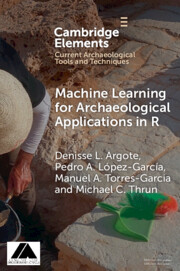
Machine Learning for Archaeological Applications in R
-
- Published online:
- 10 December 2024
- Print publication:
- 16 January 2025
-
- Element
- Export citation
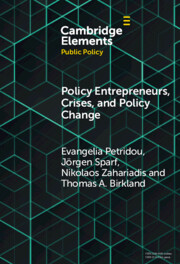
Policy Entrepreneurs, Crises, and Policy Change
-
- Published online:
- 10 December 2024
- Print publication:
- 16 January 2025
-
- Element
-
- You have access
- Open access
- HTML
- Export citation
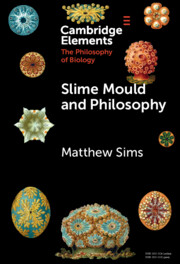
Slime Mould and Philosophy
-
- Published online:
- 10 December 2024
- Print publication:
- 16 January 2025
-
- Element
- Export citation
